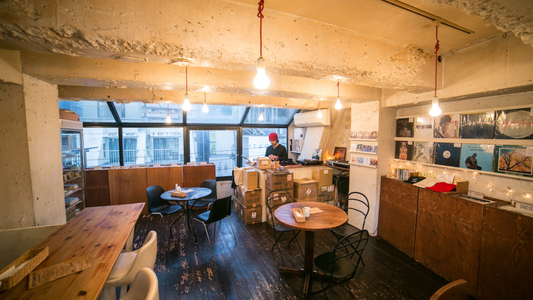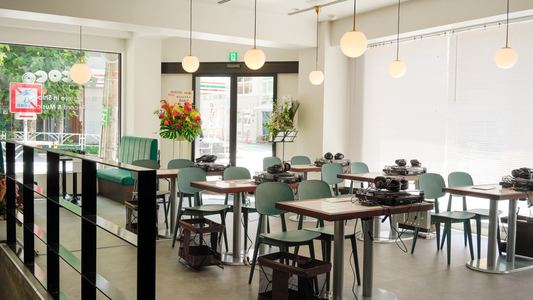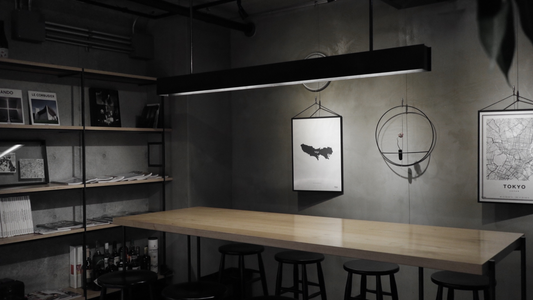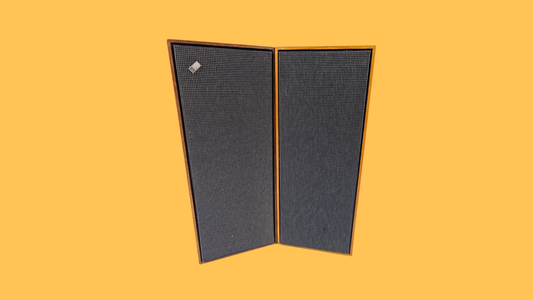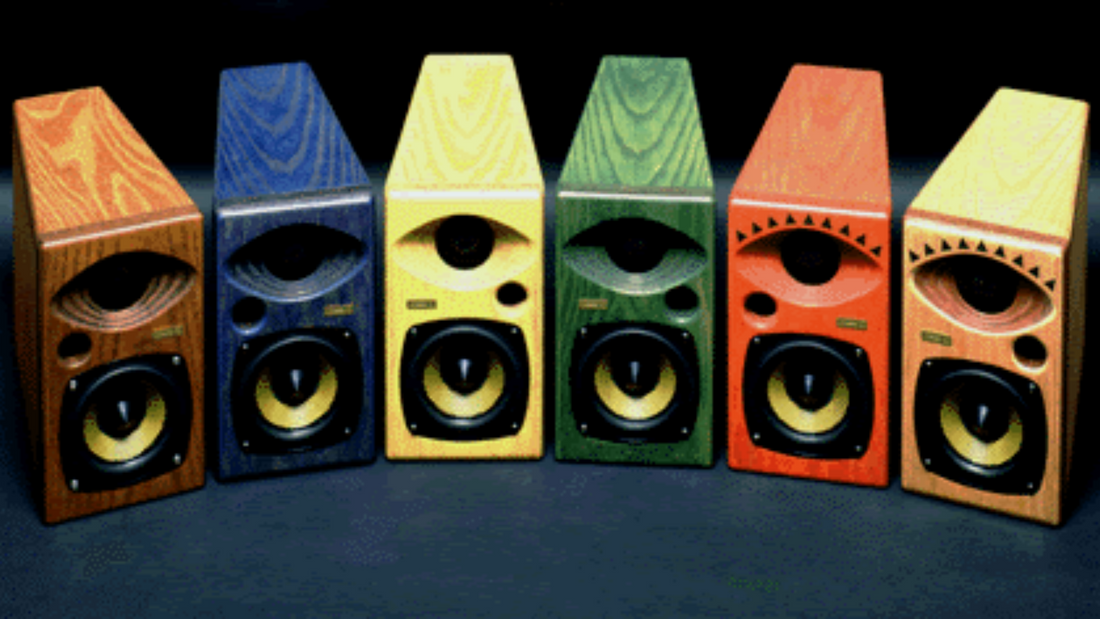
Rey Audio — Kinoshita Monitors and the Scale of Cinema
By Rafi Mercer
Some speakers are built for homes, some for studios, and a few for stages. Rey Audio sits in the last category — monumental monitors conceived by Japanese designer Shozo Kinoshita, a man whose work blurred the line between cinema and control room. These are not speakers you stumble across in a living room; they are installations, built for scale, tuned for power, revered for their ability to turn any room into a hall of sound. In listening bars, they are the rarest of sights, but when present, they define everything.
Kinoshita’s pedigree was impeccable. He had worked for JBL in Japan, then collaborated with Onkyo and later formed Rey Audio in the 1980s. His philosophy was clear: sound should be as dynamic and uncompressed as life itself. To achieve this, he designed massive horn-loaded monitors — the RM series, most famously the RM-7 and RM-11 — with drivers capable of studio precision yet delivering theatre-scale authority. These were systems meant for mastering rooms and dubbing stages, but Japanese audiophiles and bar owners soon recognised their allure.
Walk into a bar with Rey Audio monitors and you feel it before you hear it. Cabinets as tall as a person, horns like windows into another dimension, everything oversized yet finely tuned. I remember visiting a space in Osaka where a pair of RM-7s dominated the back wall. The record was Pharoah Sanders’ Thembi. The opening bells and flute lines floated with crystalline clarity, then the bass and drums surged forward with a physicality that made glasses rattle on tables. It wasn’t loudness — it was scale. The room itself seemed to bend to the music.
That scale is the key to Kinoshita’s legacy. Where JBL and Altec offered monitors for studios and theatres, Rey Audio offered a fusion of both: accuracy married to immensity. In a listening bar, that fusion creates a kind of awe. Patrons don’t just hear the record; they experience its architecture. The bass doesn’t sit at the floor — it builds the floor. The horns don’t play treble — they illuminate the air.
Visually, Rey Audio monitors are industrial and unapologetic. Dark cabinets, exposed horns, sometimes arrayed in pairs for true wall-of-sound effect. They do not blend in; they dominate. In bars, they often become part of the mythos of the space. People don’t just talk about the whisky or the vinyl; they talk about “the Kinoshitas.”
Compared with the artisanal refinement of Living Voice or the bespoke intimacy of Friendly Pressure, Rey Audio is more elemental. It is not about tailoring sound to a small group — it is about overwhelming with fidelity on a monumental scale. That makes them rare in listening bars, but unforgettable where they appear.
Kinoshita passed away in 2011, but Rey Audio systems remain in demand, maintained and cherished by those who understand their singular role in the history of sound. They stand as monuments to a Japanese pursuit of ultimate scale, a reminder that listening can be as vast as cinema yet as detailed as a studio take.
In the end, Rey Audio is not just a loudspeaker brand — it is a statement. A declaration that fidelity can be as expansive as imagination, that a bar can hold not just music but a theatre. And when those horns open up, the night becomes more than listening. It becomes immersion.
Rafi Mercer writes about the spaces where music matters. For more stories from Tracks & Tales, subscribe, or click here to read more.




